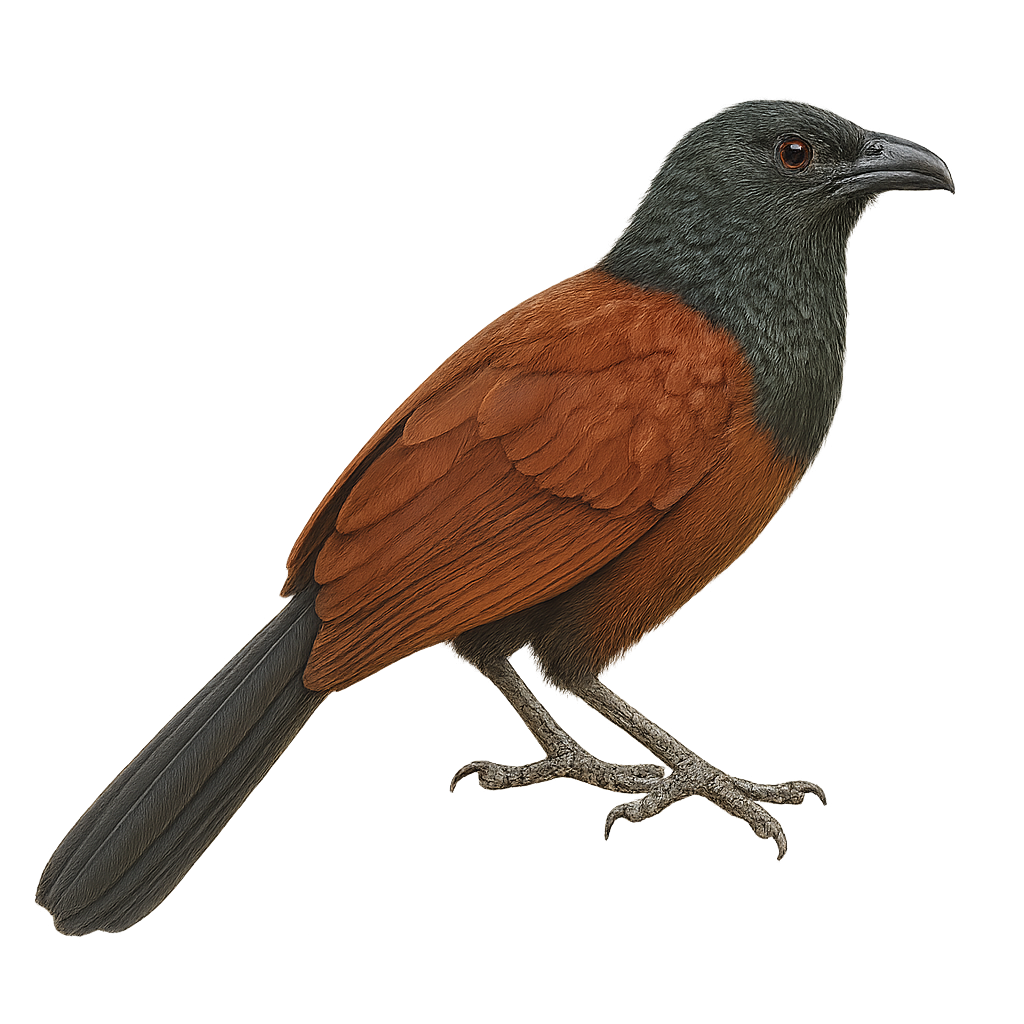Your wildlife photography guide.
Explore the bengal coucal in detail, study its behavior, prepare your shots.
Where to observe and photograph the bengal coucal in the wild
Learn where and when to spot the bengal coucal in the wild, how to identify the species based on distinctive features, and what natural environments it inhabits. The WildlifePhotographer app offers tailored photography tips that reflect the bengal coucal’s behavior, helping you capture better wildlife images. Explore the full species profile for key information including description, habitat, active periods, and approach techniques.
Bengal Coucal
Scientific name: Centropus bengalensis

IUCN Status: Least Concern
Family: CUCULIDAE
Group: Birds
Sensitivity to human approach: Suspicious
Minimum approach distance: 10 m
Courtship display: June to August
Incubation: 14-16 jours
Hatchings: June to August
Habitat:
Tropical forests, marshes, wet grasslands
Activity period :
Primarily active during the day, with peak activity in the morning and late afternoon.
Identification and description:
The Bengal Coucal, or Centropus bengalensis, is a fascinating bird belonging to the Cuculidae family. It is primarily found in the humid and marshy regions of South and Southeast Asia. This bird is distinguished by its dark brown plumage and rufous wings, which contrast with its black head and tail. The coucal is a medium-sized bird, measuring about 40 to 50 cm in length. It is known for its discreet behavior and ability to move silently through dense undergrowth. The Bengal Coucal is an opportunistic predator, feeding on insects, small reptiles, and sometimes small mammals. Although it is mainly terrestrial, it can fly short distances.
Recommended lens:
400 mm – adjust based on distance, desired framing (portrait or habitat), and approach conditions.
Photography tips:
To photograph the Bengal Coucal, it is advisable to use a telephoto lens of at least 400mm to capture detailed images from a distance. Look for it early in the morning or late in the afternoon when the light is soft and the bird is more active. Be patient and discreet, as this bird is suspicious and prefers to stay hidden in dense vegetation. Use a tripod to stabilize your camera and adjust the ISO settings to compensate for low light conditions in the undergrowth.
The WildlifePhotographer App is coming soon!
Be the first to explore the best nature spots, track rutting seasons, log your observations, and observe more wildlife.
Already 1 431 wildlife lovers subscribed worldwide

